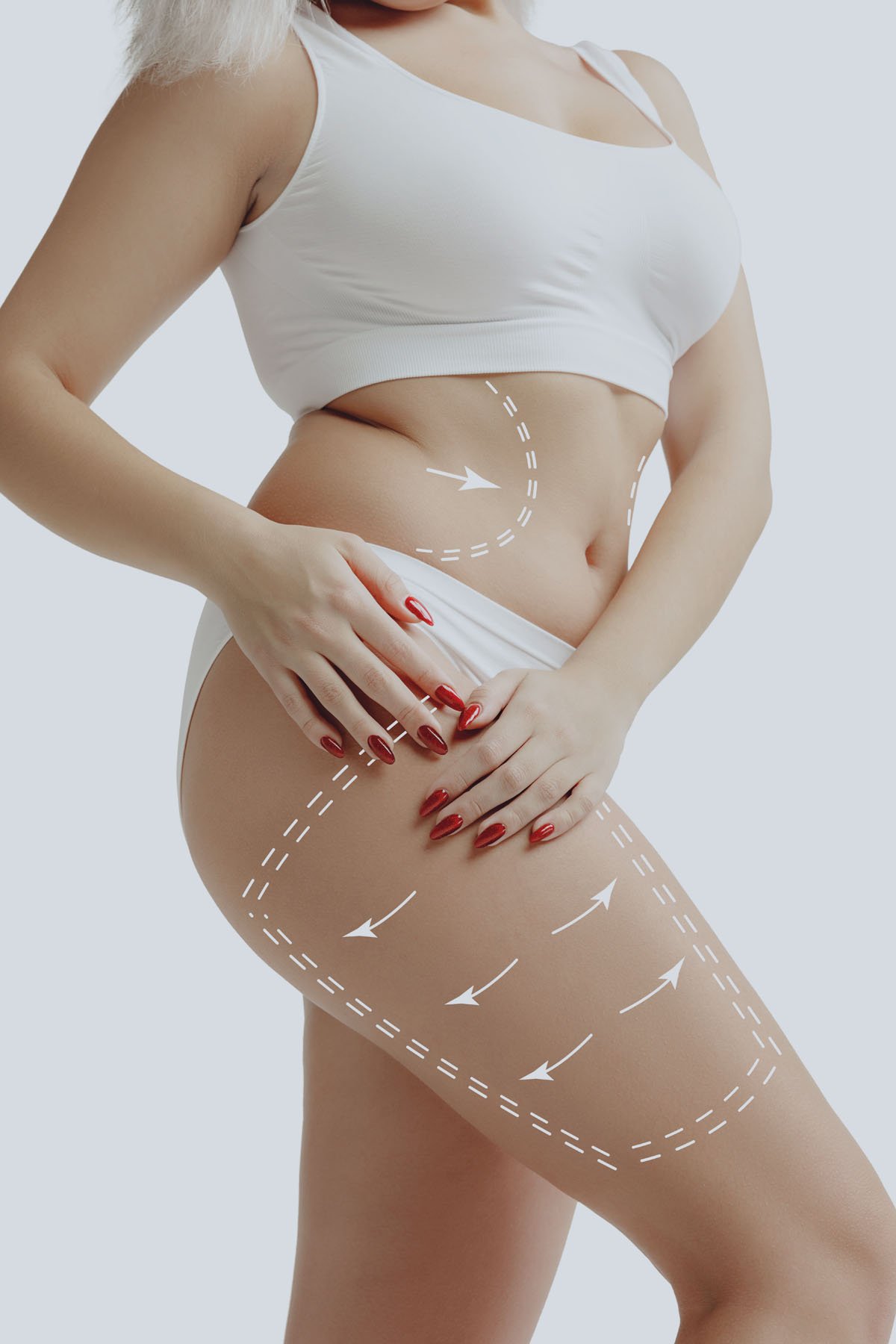LIPOSUCTION

No matter how determined you are with your diet and exercise, excess fat in certain places sometimes just will not budge. These annoying budges can become a big source of frustration with hindering clothing options and fashion choices.
According to the American Society for Aesthetic Plastic Surgery (ASAPS), more than 364,000 people decided that their exaggerated contours and unwanted fat pockets turned to liposuction in 2008.
Common names for Liposuction:
• lipoplasty
• lipectomy
• liposculpting
• bodysculpting
The advancements in the latest technology and technique during the last decade has made liposuction more effective than ever. Plastic surgeons can target both large or very localized treatment areas with more precision and less trauma. Liposuction has become an ideal complementary surgical technique to various procedures from face-lifts, neck lifts to body-lifts. Liposuction is one of the most popular cosmetic procedures because it works so well.
As with any procedure, choosing your plastic surgeon is the most important step. Surgeons across the country will agree that the key to an optimal outcome lies in the skill and experience of the physician performing the procedure.
• History of Liposuction
Liposuction also known as suction-assisted “lipectomy” and “lipoplasty” was originally performed in Italy in the late 1970’s by the name of Dr. Giorgio Fischer – who originally invented the technique in 1974. This procedure was furthered developed by French physicians Dr. Gerald Illouz and Dr. Pierre Fournier. It become popular in the United States in 1980.
Liposuction was initially developed in 1974 to surgically remove fat using specialized surgical instructions and vacuum suction. Since that time, the procedure has evolved. In the 1980’s “tumescence liposuction” was introduced to improve the procedure safety and results of liposuction. In the 1990’s , the advent of ultrasound assistance aimed at fat that is more dense and fibrous – which further improved liposuction.
Today doctors have refined techniques and defined standards. Certain methods may work better for different areas of the body – but one thing remains constant – today’s innovations to technology and techniques yield better results with less scarring.
• Who is a Good Candidate?
Liposuction is not a weight-loss alternative. It is a treatment for packets of fat resulting from heredity and aging that are unaffected by weight loss and exercise.
A good candidate for liposuction for reshaping those pockets, bulges and overhangs are:
• 18 years of age
• You are within 30% of the ideal body weight for your height and frame
• You are generally healthy and physically active
• Age is generally not a factor – except regarding elasticity of the skin
• Having good skin tone
Following liposuction, the skin must mold itself to your new contours. If it does not, the resulting loose and droopy skin can be unattractive. If your skin lacks elasticity, a body lift or abdominoplasty(tummy tuck) in addition to liposuction may be an option.
Before deciding on which liposuction technique is right for you, your plastic surgeon must assess:
• Your overall health
• Skin quality
• Body mass
• Estimated volume of fat to be removed
• Number of sites that need to be treated
Liposuction involves three-dimensional sculpting of tissue. The patient’s anatomy plays a significant role in the ultimate outcome but so does the surgeon’s technique.
• Who is NOT a Good Candidate for Liposuction
Liposuction is not intended for weight-loss. Patients who are very overweight or who have large areas of fat deposits are not good candidates. Your physician will let the patient know if they need to lose weight first and reduce the fatty area that are contributing to their body shape. If weight loss is problematic for the patient and they cannot do this by themselves, then your physician might recommend gastric bypass.
Losing a large amount of weight will leave the patient with an excess of skin, which either anabdominoplasty, panniculectomy (to remove an apron of fat) or a full body lift will be recommended. Either of these procedures will help remove the excess tissue – tighten up muscles and liposuction can be done at the same time to remove excess fatty deposits.
An overweight patient whose weight has been maintained and stable for many years – and has problem areas of fat, can be a good candidate for liposuction. This procedure in an obese patient is reasonable when the goal of the surghttp://www.cosmeticsurgeryforums.com/pre_consult.htm#The_Ideal_Candidatesery is to improve certain body contour areas. Liposuction however as a method for weight loss is not reasonable, as it is not safe to remove large amounts of fat – such as 8 to 10 pounds of fat by liposuction in a single day.
You are NOT a good candidate for liposuction if you have:
• poor healing
• patient is pregnant or lactating
• patients who have lidocaine allergies
• patients who take blood thinning medication (aspirin, ibuprofen, etc.)
• lupus
• diabetes
• blood clots
• restricted blood flow
• heart disease
• weakened immune system


